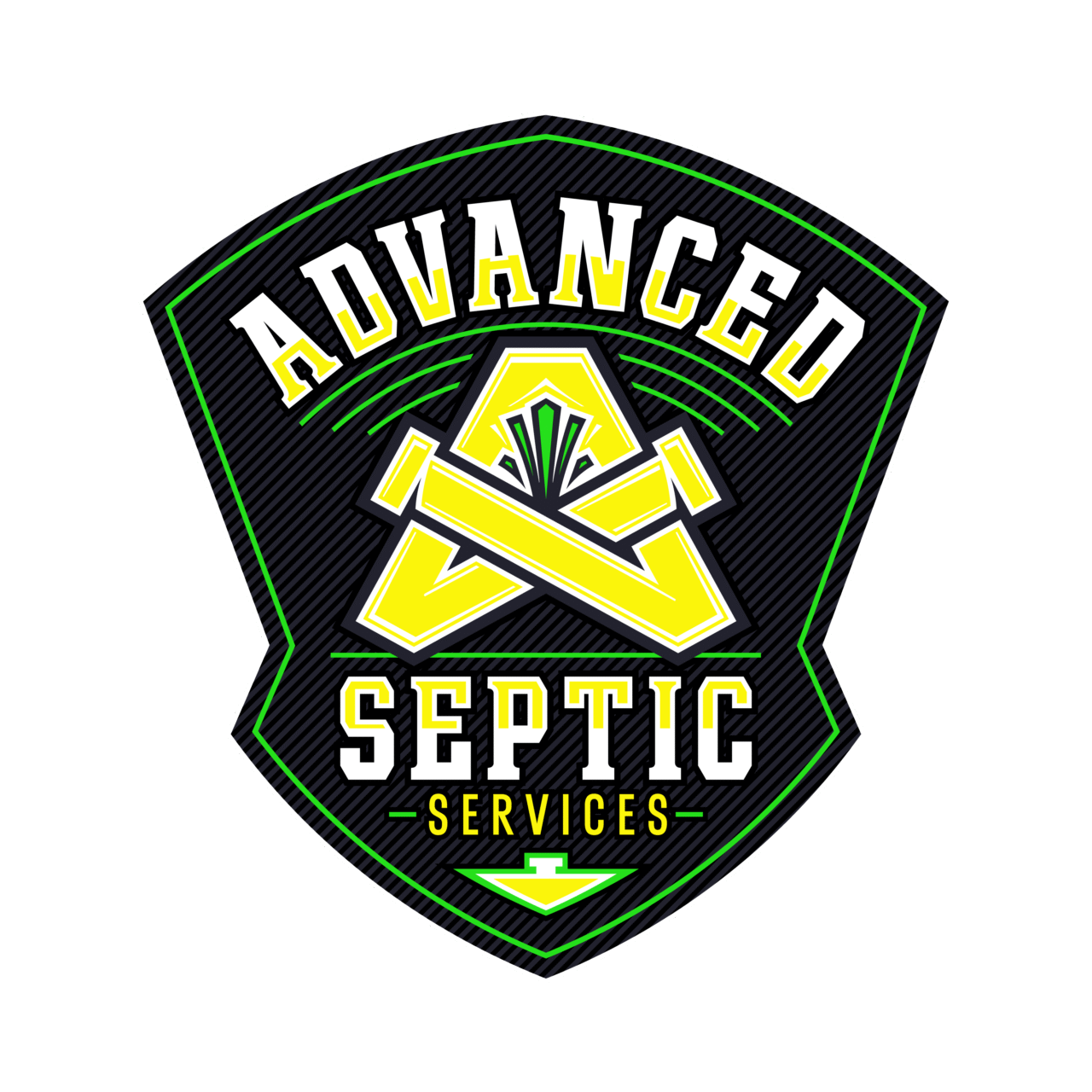What Are Fiberglass Septic Tanks?
Fiberglass septic tanks are underground wastewater units made from glass fiber-reinforced plastic. These composite tanks are lightweight yet strong and resistant to rust, corrosion, and chemical damage. Compared to concrete or plastic tanks, fiberglass sewer tanks offer easier installation and durability. Their seamless, watertight construction, similar to fiberglass sewage tanks, helps prevent leaks and contamination. Choosing the right material boosts system longevity, and fiberglass often hits the sweet spot between durability and ease of handling.
What Are Fiberglass Septic Tanks?
Fiberglass tanks are watertight underground containers made from reinforced fiberglass, a composite of resin and glass fibers. They work like concrete or plastic tanks by holding wastewater, separating solids, and directing treated liquid to the drain field. This design makes them lightweight yet durable, resistant to corrosion, and easy to install compared to heavier alternatives.
- Made from seamless, reinforced fiberglass for leak prevention.
- Functions like other septic systems by retaining solids and processing wastewater.
- Resists rust, corrosion, and many chemical reactions.
- The lightweight design makes transport and installation easier.
- Common in areas where soil stability or corrosion resistance is a priority.
Advantages of Fiberglass Septic Tanks
Fiberglass tanks offer a blend of performance, durability, and convenience, making them a strong alternative to concrete or plastic options.
- Lightweight and easy to install, it can be transported in a pickup truck and installed without heavy machinery.
- High durability and corrosion resistance: unlike concrete, fiberglass won’t crack from frost or rust, and it resists chemical damage.
- The watertight and leak-proof seamless design prevents groundwater contamination and keeps wastewater contained.
- Long lifespan: With proper care, fiberglass septic tanks can last 40–50 years or more, often outperforming plastic and matching concrete.
- Tree roots have a harder time infiltrating fiberglass than concrete, reducing the risk of costly repairs.
- Disadvantages of Fiber Septic Tanks
While fiberglass septic tanks offer many benefits, they also have some limitations to consider before installation.
- Risk of floating in high water tables: due to their lightweight nature, fiberglass tanks or fiberglass sewer tanks can shift or float if not properly anchored. This is especially a concern in flood-prone areas.

- Potential for damage during installation: fiberglass sewage tanks have rigid edges and seams that can crack or chip if mishandled or dropped.
- Higher upfront cost than plastic: Although fiberglass tanks cost more initially, their durability and low maintenance often balance out long-term expenses.

When to Choose Best One
- Ideal for properties with limited access where lightweight fiber septic tanks, including fiberglass sewer tanks, can be installed without heavy machinery.
- Best choice when soil conditions or moisture levels could cause corrosion in concrete or steel tanks, as fiberglass sewage tanks are highly resistant.
- Suitable for homeowners who want a long-lasting, low-maintenance system, fiber septic tanks can last 40–50 years with proper care.
- Recommended in moderate water table areas where correct anchoring prevents flotation and ensures long-term stability.
Conclusion
Fiberglass septic tanks combine durability, corrosion resistance, and lightweight installation advantages, making them ideal for various property types. While they may cost more than plastic options, their long lifespan and minimal maintenance often offset the initial investment. When properly anchored, a fiberglass sewer tank delivers decades of reliable wastewater management, even in challenging soil or moisture conditions.
Fast, reliable septic solutions are just a call away. Reach us at 780-691-0588 for 24/7 service.
Book an inspection now
Quick FAQs
- Are fiber septic tanks any good?
Yes, fiberglass tanks are highly durable, corrosion-resistant, lightweight, and easy to install, making them a great long-term choice. - What are the disadvantages of a fiberglass septic tank?
Their lightweight can cause floating in high water tables if not anchored, and they may be more expensive than plastic tanks. - How long will a fiberglass septic tank last?
With proper installation and maintenance, a fiberglass septic tank can last 40–50 years or more. - Which is better, plastic or fiberglass septic tanks?
Fiberglass tanks offer greater durability and corrosion resistance than plastic, though plastic tanks are cheaper and easier to source. - What are the disadvantages of fiberglass tanks?
They can crack if mishandled during installation, may float in flood-prone areas, and have higher upfront costs than plastic. - Can a fiberglass septic tank be repaired?
Yes, fiberglass septic tanks can be repaired using fiberglass patch kits, resin, and professional sealing techniques.

